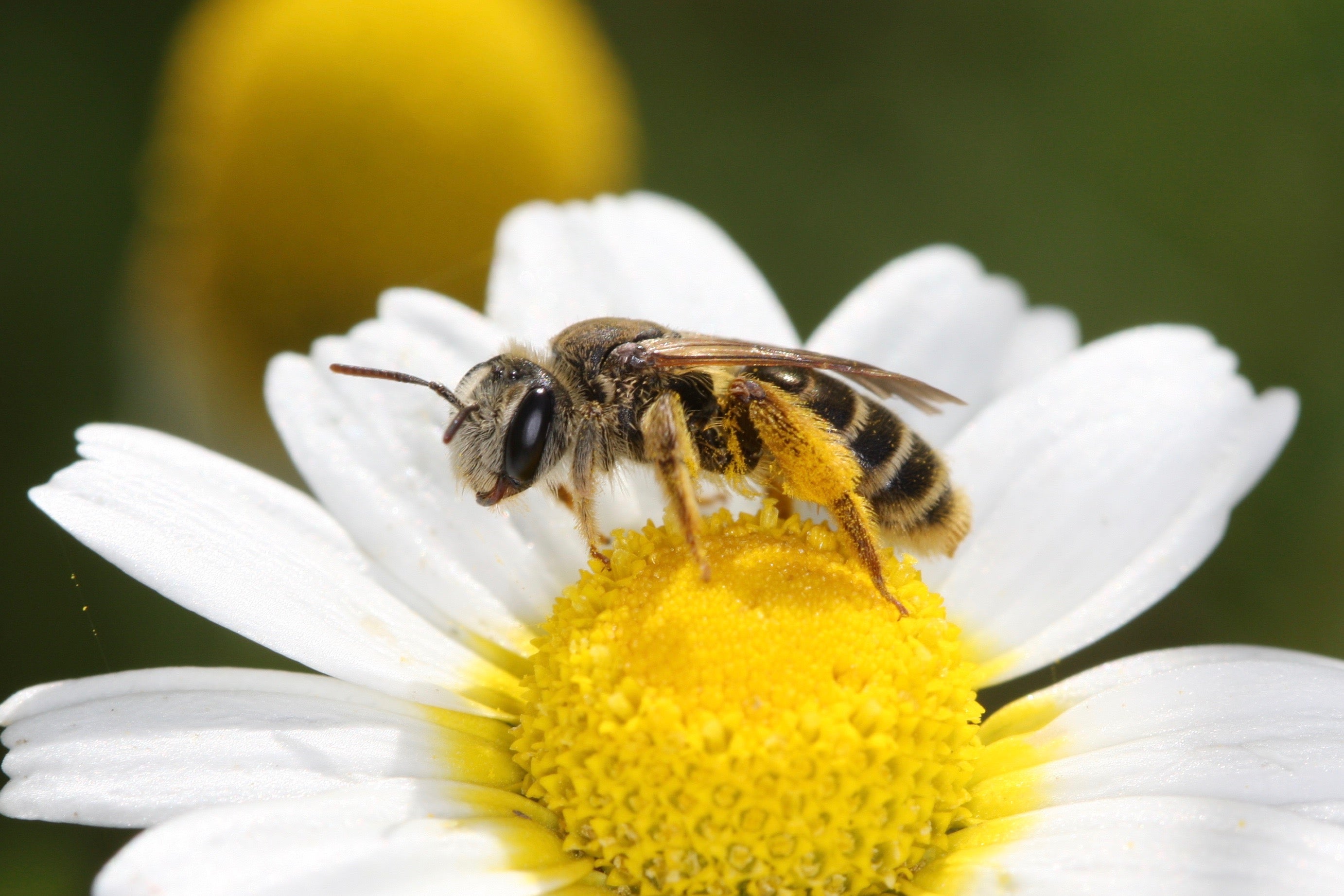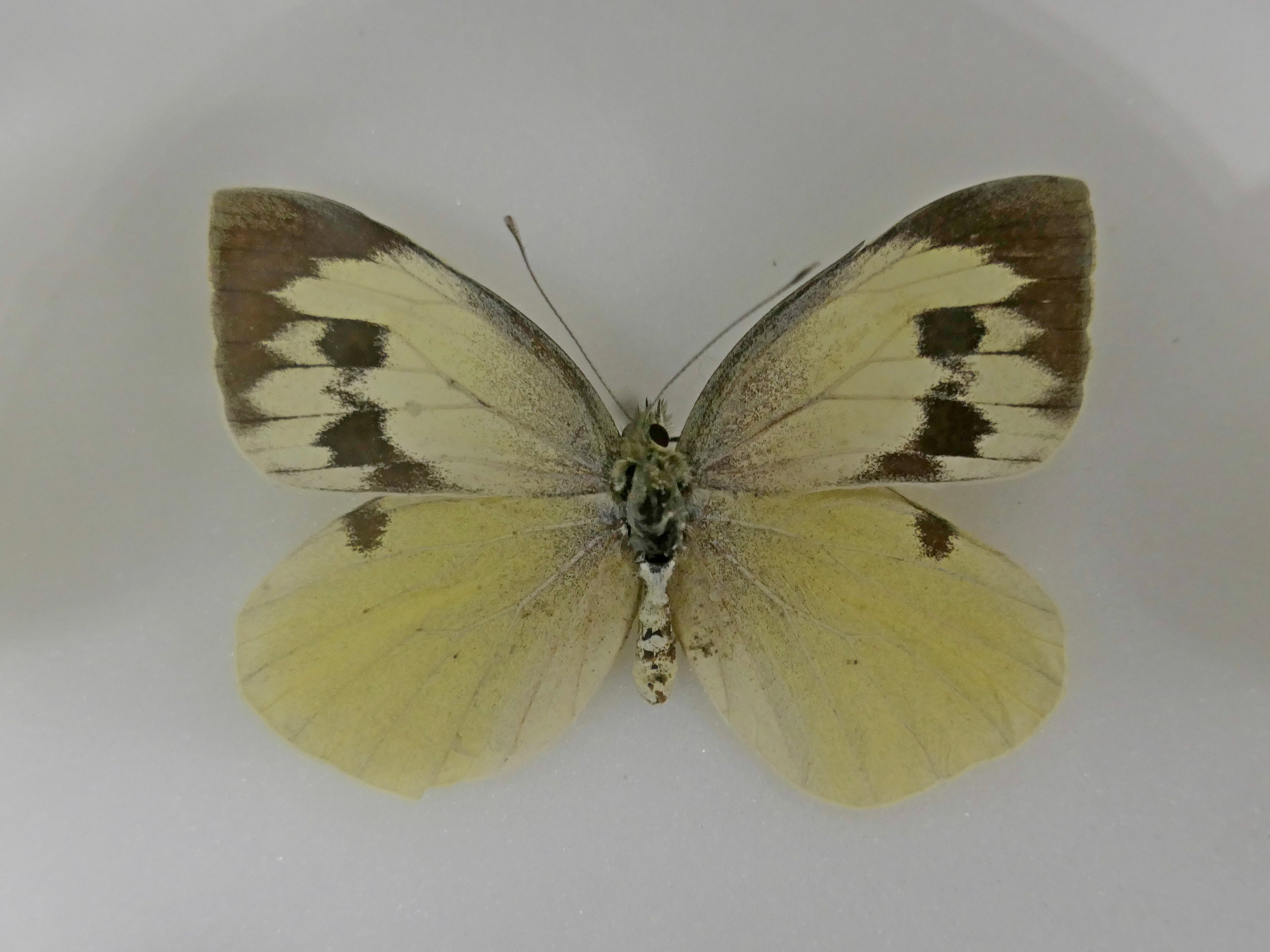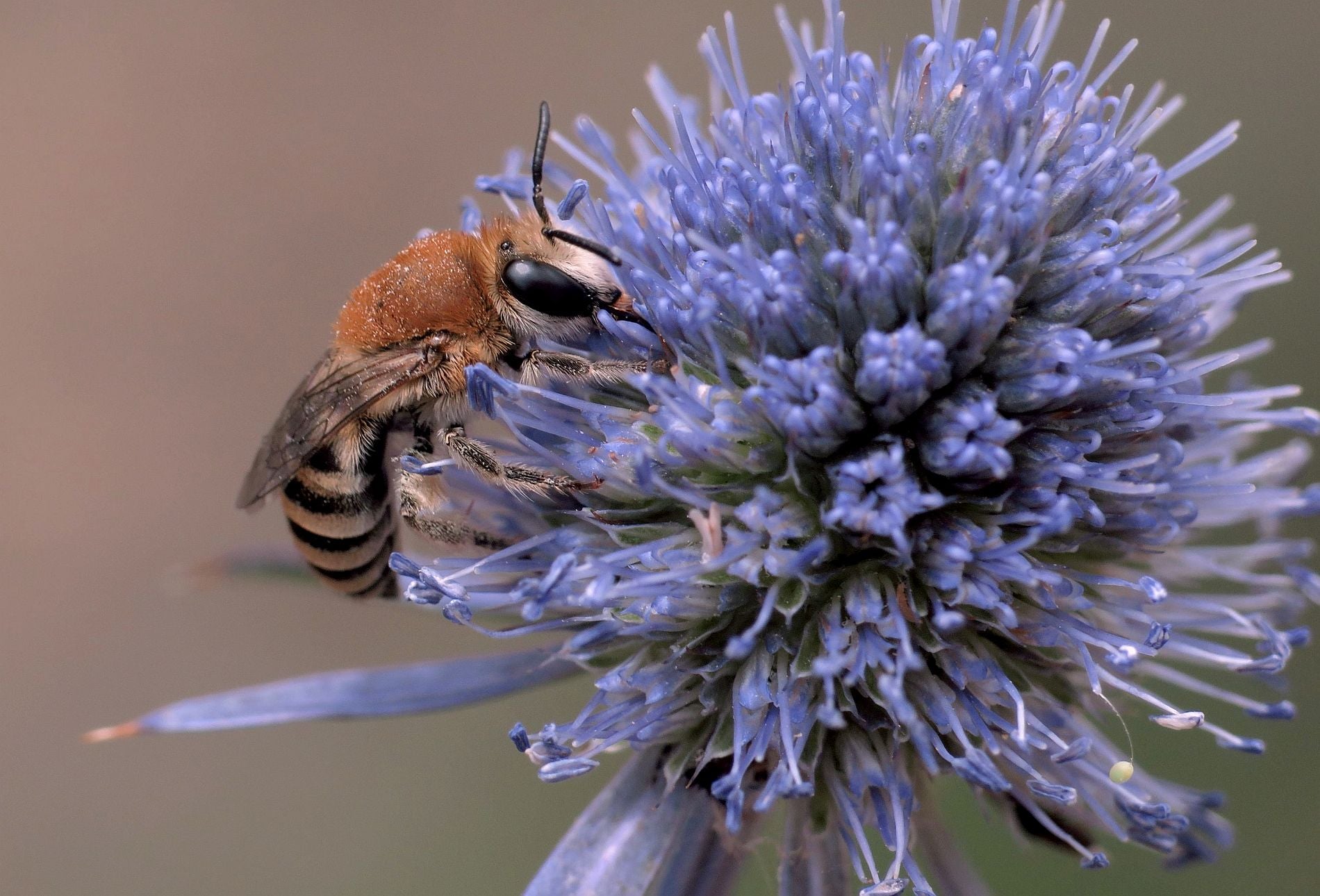Europe’s wild bees and butterflies are facing an escalating extinction crisis, a new conservation assessment has warned, prompting urgent calls for action to reverse the “dire” state of these vital pollinators.
Their decline poses a significant threat to natural systems and food production.
The latest European-level assessments for the International Union for Conservation of Nature’s (IUCN) Red List now classify nearly 100 more wild bee species as at risk.
This brings the total to 172 out of 1,928 assessed – meaning one in ten wild bees in Europe are now threatened, a sharp rise from 77 species in 2014.
More than 20 per cent of both bumblebee and cellophane bee species are under threat, the IUCN reports.
This includes 15 species of bumblebees, crucial for pollinating plants like peas, beans, and clover, and 14 species of cellophane bees, vital for plants in the daisy family and trees such as red maples, now listed as threatened.
These essential insects are succumbing to pressures from agriculture, pollution, and rising temperatures, necessitating immediate intervention.

The situation is also severe for Europe’s butterflies, with 65 out of 442 assessed species, some 15 per cent, facing the threat of extinction, up from 37 species in 2010.
More than 40 per cent of those butterflies that are only found in Europe are now threatened or close to being so.
One species, the Madeiran large white – which was only found on the Portuguese island of Madeira, is now officially classed as extinct, the IUCN said.
Conservation experts said the biggest threat to wild pollinators was habitat loss, as more intensive agriculture and forestry combined with land abandonment in less productive areas meant they were losing their traditional rural landscape homes such as flower-rich meadows.
Nitrogen fertilisers and widespread use of pesticides, including herbicides that reduce the variety of flowering plants, are also hitting many pollinators.
And climate change is bringing prolonged hot weather, droughts and wildfires which are increasingly damaging butterfly habitats in southern Europe and encroaching on bog and tundra habitats in Alpine and more northerly areas.
More than half (52 per cent) of Europe’s threatened butterfly species are affected by climate change, the IUCN warns, and some such as the critically endangered Nevada grayling in south-east Spain are suffering from a combination of habitat loss and global warming.

But the effects of warmer temperatures on bees are more mixed, hitting cold-adapted bumblebees, while carpenter bees are benefiting from hotter conditions which speeds up their development and breeding.
Dr Martin Warren, former chief executive of Butterfly Conservation and one of the lead co-ordinators of the European Butterflies assessment, said: “Many European butterflies are threatened by habitat changes due to rising temperatures.
“However, by ensuring their habitats are managed as well as possible and populations are large and robust, they stand a chance.
“Others can be saved from extinction by preventing wildfires, which can obliterate habitats for years.”
Dr Grethel Aguilar, IUCN director general, said: “Beyond their beauty and cultural significance, pollinators like bees and butterflies are lifelines for our health, our food systems and our economies – sustaining the fruits, vegetables and seeds that nourish us.
“In fact, four out of five crop and wildflower species in the EU rely on insect pollination.
“The latest European Red List assessments reveal serious challenges, with threats mounting for butterflies and crucial wild bee species.”

But, she added, it also provided the data needed to drive urgent conservation action to reverse declining population.
The European-level assessments of a range of species groups for the first time since the early 2010s was funded by the European Commission
The Commission’s environment commissioner, Jessika Roswall, said: “The new assessment shows that the conservation status of European wild bees, butterflies and other pollinators is dire.
“These are the foundation for our food systems, our ecosystems and our societies. Urgent and collective action is needed to tackle this threat,” she urged.





